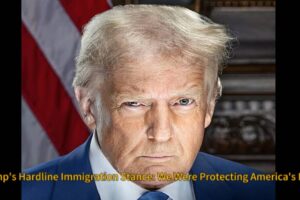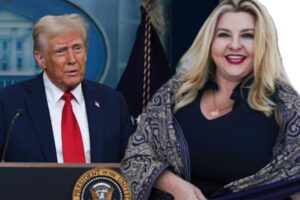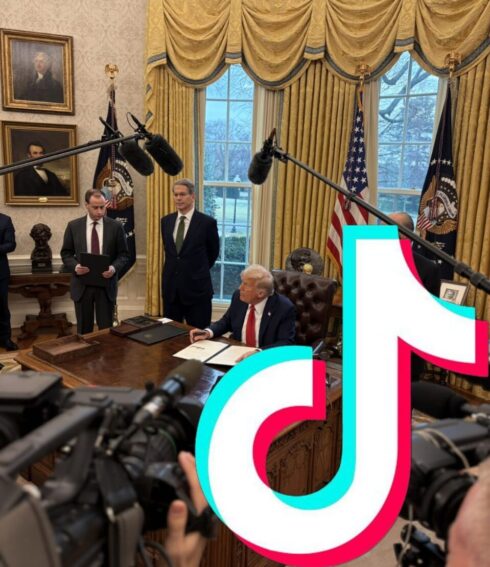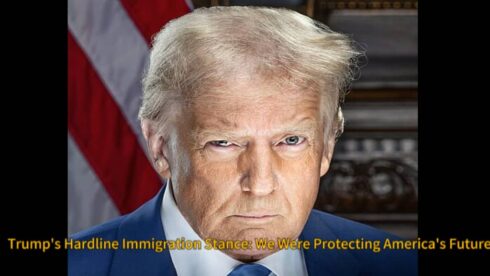U.S. President Donald Trump has officially taken steps to establish a sovereign wealth fund for the country, a move he claims will generate significant wealth for future generations. On Monday, he signed an executive order to initiate the process, stating that the fund would soon become “one of the biggest” globally.
The United States, despite its economic influence, currently does not operate a sovereign wealth fund like those seen in over 90 countries, including Saudi Arabia and Norway. These funds typically invest surplus revenue from natural resources or trade surpluses to benefit future generations. However, the U.S. operates with a budget deficit, raising questions about how such a fund would be financed. Trump has not provided specific details but previously suggested that tariffs and other financial mechanisms could contribute to the fund’s resources.
Potential Funding Sources and Economic Impact
Trump has repeatedly advocated for leveraging tariffs as a revenue source for the proposed sovereign wealth fund. He has already implemented tariffs on China, Mexico, and Canada, three of America’s largest trading partners, as part of his broader economic strategy. However, he announced on Tuesday that tariffs on Mexico and Canada would be temporarily suspended for 30 days, adding uncertainty to the immediate financial structure of the fund.
Treasury Secretary Scott Bessent confirmed that the administration aims to launch the fund within the next 12 months. He revealed plans to monetize existing U.S. government assets, stating that this would be done “for the American people.” If successful, the sovereign wealth fund could provide long-term economic benefits, potentially financing large-scale infrastructure projects such as modernizing airports, improving highways, and supporting medical research.
Trump Suggests TikTok Acquisition Through Sovereign Wealth Fund
In a surprising development, Trump floated the idea that the newly created sovereign wealth fund could acquire TikTok, the Chinese-owned social media platform that has faced ongoing national security scrutiny. The app was briefly banned in the U.S. last month after previous administration efforts to force its Chinese owner, ByteDance, to sell its U.S. operations. Trump, however, delayed the ban, stating he preferred to find a better resolution, particularly given the backlash from American TikTok users.
“If we make the right deal, we’ll do it. Otherwise, we won’t… we might put that in the sovereign wealth fund,” Trump said. His comments suggest that if the U.S. were to acquire TikTok, it could be structured as a government-controlled asset under the fund. The prospect raises questions about government involvement in private social media platforms and whether such a move aligns with free-market principles.
Tech Industry Reaction and Competitive Interest
The idea of the U.S. government acquiring TikTok through a sovereign wealth fund has sparked debate within the tech industry. Trump previously mentioned that Microsoft was in discussions to purchase TikTok, and he encouraged a “bidding war” for the social media giant. Other high-profile tech entrepreneurs, including Oracle co-founder Larry Ellison and Tesla CEO Elon Musk, have been speculated as potential buyers.
While a government acquisition of TikTok would be unprecedented, it reflects Trump’s broader stance on controlling Chinese tech influence in the U.S. market. Some analysts believe that placing TikTok under a sovereign wealth fund could be a strategic move to exert more control over digital platforms while ensuring national security compliance. However, critics argue that such a transaction would set a concerning precedent for government ownership of media companies.
As Trump’s administration pushes forward with plans for the sovereign wealth fund, the debate over its funding, purpose, and potential investments—including TikTok—will likely intensify in the coming months.














